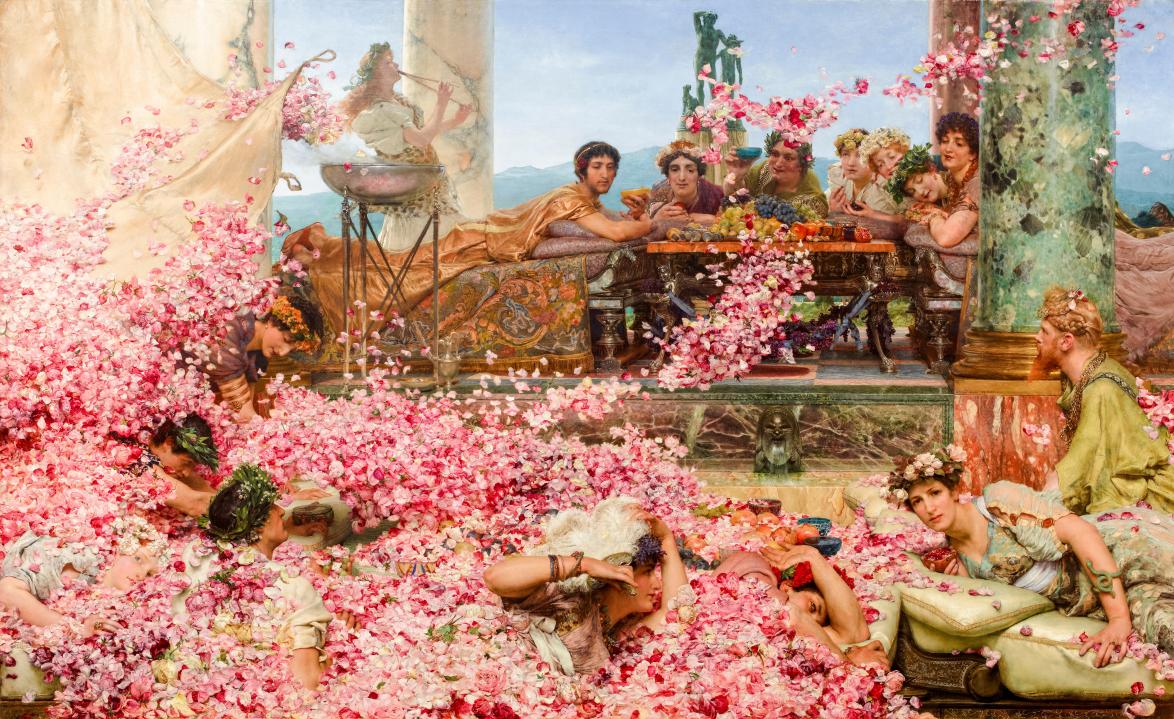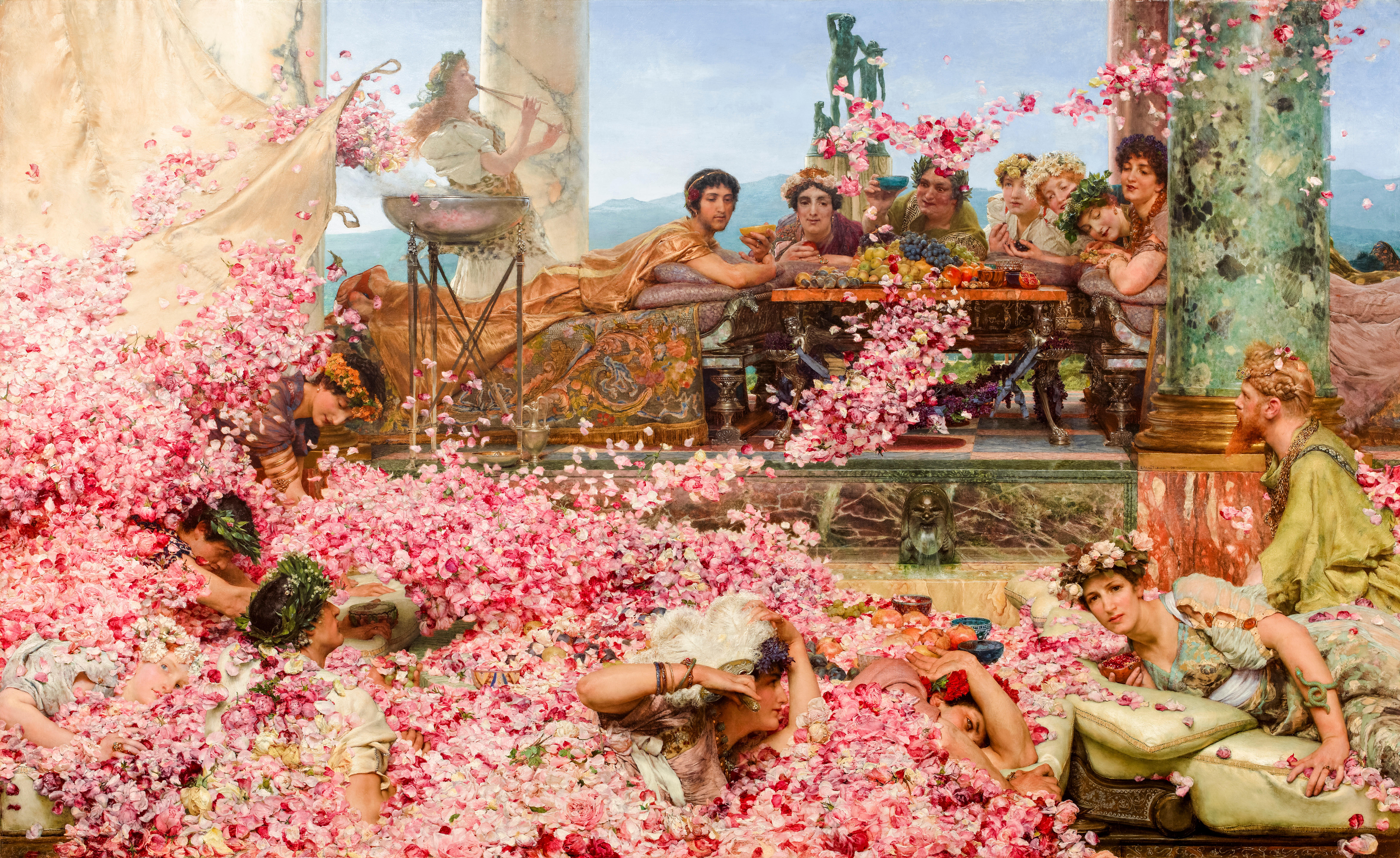The North Hertfordshire Museum in Hitchin has made the remarkable discovery, known to historians only since the 9th century AD, that the Roman emperor Elagabalus was a sexual pervert who liked to be called ‘she’ and offered vast sums to any doctor who could kit him out with female sex organs. In celebration of such a visionary, the museum has decided to describe him as a ‘transgender woman’ in their display of a coin minted during his reign (AD 218-222). The museum had better be careful what it wishes for.
One could go on, but even this very short extract from his life suggests he does not make the best model for the trans, or any other, ‘community’
Elagabalus became emperor at the age of 14 when he was already being debauched by men and ‘being on heat, the recipient of lust in every orifice of his body’, according to the Augustan History. His main interest seems to have been searching out men with large genitals and assigning them to official posts in relation to size. At banquets, he put perverts next to himself and took pleasure in fondling and touching them.
But, we are told, he never had intercourse with the same woman twice except for his wife. He was always with women at the baths, treating them with depilatory ointment. He once put on a meal of 22 courses, taking friends to bathe and having intercourse with women between each one. He also violated a Vestal Virgin.
His real forte, however, was parties. He gave summer banquets of various hues, green one day, blue the next (etc.), and among his favourite foods were camels’ heels and cocks’ combs. Guests were asked to invent new sauces, but those whose efforts failed to please were forced to eat nothing else until they had come up with something better.
He liked inviting parties of similarly deformed guests (e.g. all one-eyed or deaf or gout-ridden), and once invited eight fat men for the pleasure of watching them trying to recline together on the same couch. He also took to seating guests around the table on air-filled cushions, which slaves surreptitiously let down in the course of the meal (a proto-whoopee cushion?). He once organised a party at which each course was served in a different house, ensuring that the houses were as far apart as possible. A terrible fate awaited drunken guests: they would wake in the morning to find lions, leopards and bears roaming their room. An inveterate joker, he would order his slaves to bring him a thousand pounds of spiders’ webs. He used oxen to haul out fish from his ponds. Sometimes he served up dinner with food painted on the plates.
One could go on, but even this very short extract from his life suggests he does not make the best model for the trans, or any other, ‘community’, though there’s no accounting for taste.
On the other hand, any museum director who actually bothered to read the life of Elagabalus in the Augustan History might just possibly begin to wonder whether it was all true. He was after all Syrian, not a good honest Roman and while the people adored him – there’s nothing like seeing aristocrats mocked – the Roman elite got the last laugh, ridding the world of him after four years and producing this account of his life.
Still, what sensible museum would pay attention to the dictates of historical likelihood when contemporary fashion plays its siren tune?







Comments